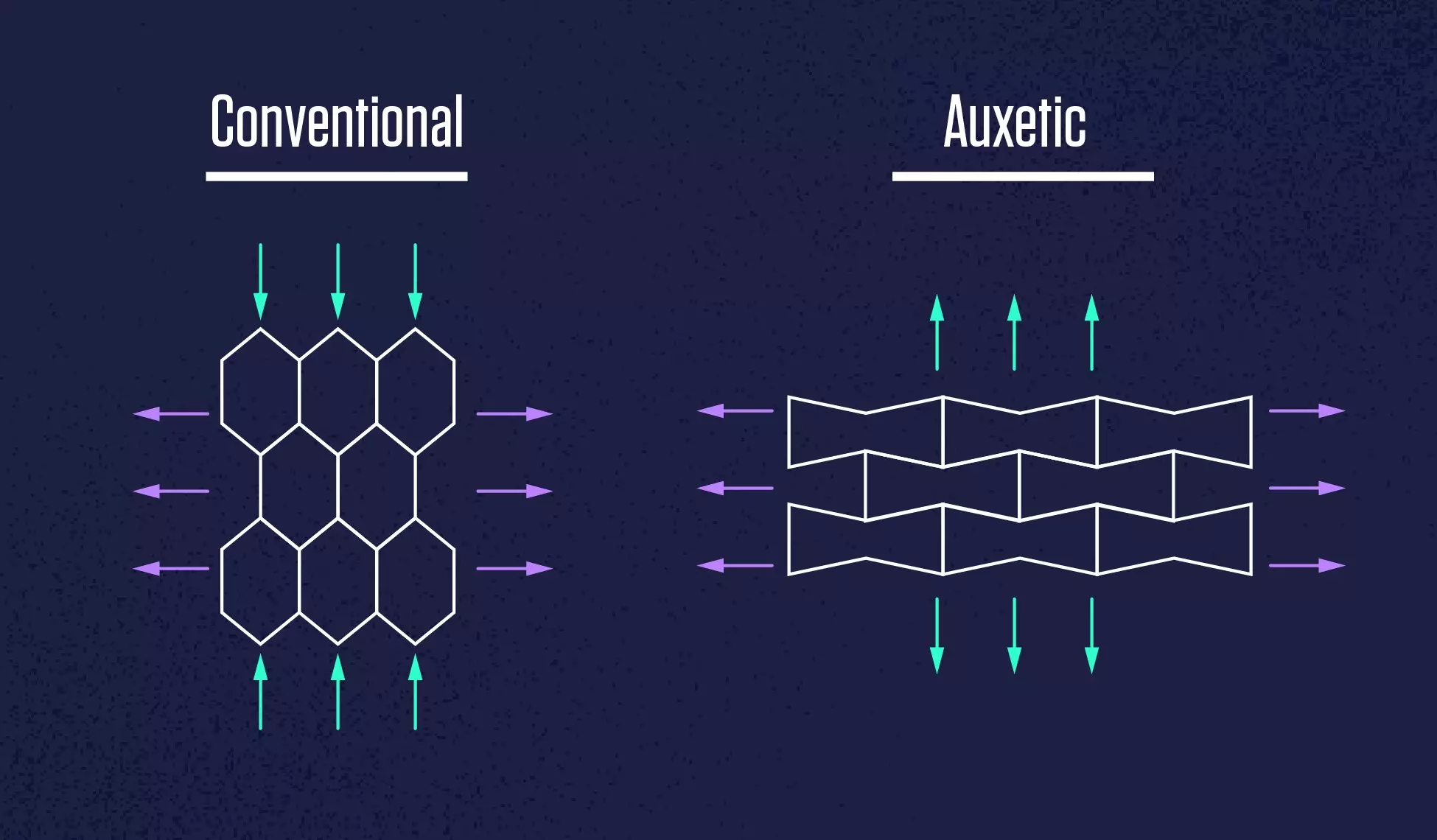Imagine the possibilities of a material that defies common sense when it comes to stretching and compressing. This is where auxetics come into play, offering unique properties that make them ideal for various applications ranging from sneaker insoles to bomb-resilient buildings and car bumpers.
Despite their immense potential, auxetic products have been slow to hit the market. Researchers at the National Institute of Standards and Technology (NIST) and the University of Chicago are determined to change this narrative. Their recent study, published in npj Computational Materials, unveils a new tool aimed at simplifying and expediting the design process for materials with auxetic properties.
The Role of Poisson’s Ratio
A key factor in understanding the behavior of elastic materials, such as auxetics, is Poisson’s ratio. While most materials exhibit a positive Poisson’s ratio, auxetics demonstrate a negative value. This unique characteristic allows auxetics to behave contrary to conventional materials when subjected to stretching or compression.
The potential applications of auxetic materials are diverse and promising. From enhancing impact resistance in buildings and automobiles to improving comfort in clothing and footwear, auxetics have the ability to revolutionize various industries. For instance, auxetic gel or rubber foam in sneaker insoles can provide enhanced cushioning upon impact.
The groundbreaking algorithm developed by NIST and University of Chicago researchers represents a significant step forward in auxetic material design. By allowing users to input their desired Poisson’s ratio value, the algorithm generates an optimized structure for the material, enabling precise customization and fine-tuning.
The patented algorithm and methodology developed by the research team, coupled with advancements in 3D printing, pave the way for a new era in material design. As auxetics become more prevalent in everyday applications, the potential for innovation and advancement in various industries is vast.
The emergence of auxetics as a transformative material with unique properties holds great promise for the future. With continued research and innovation, auxetic materials are poised to revolutionize the way we approach design and functionality across a multitude of industries.


Leave a Reply